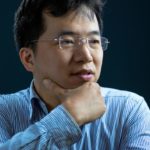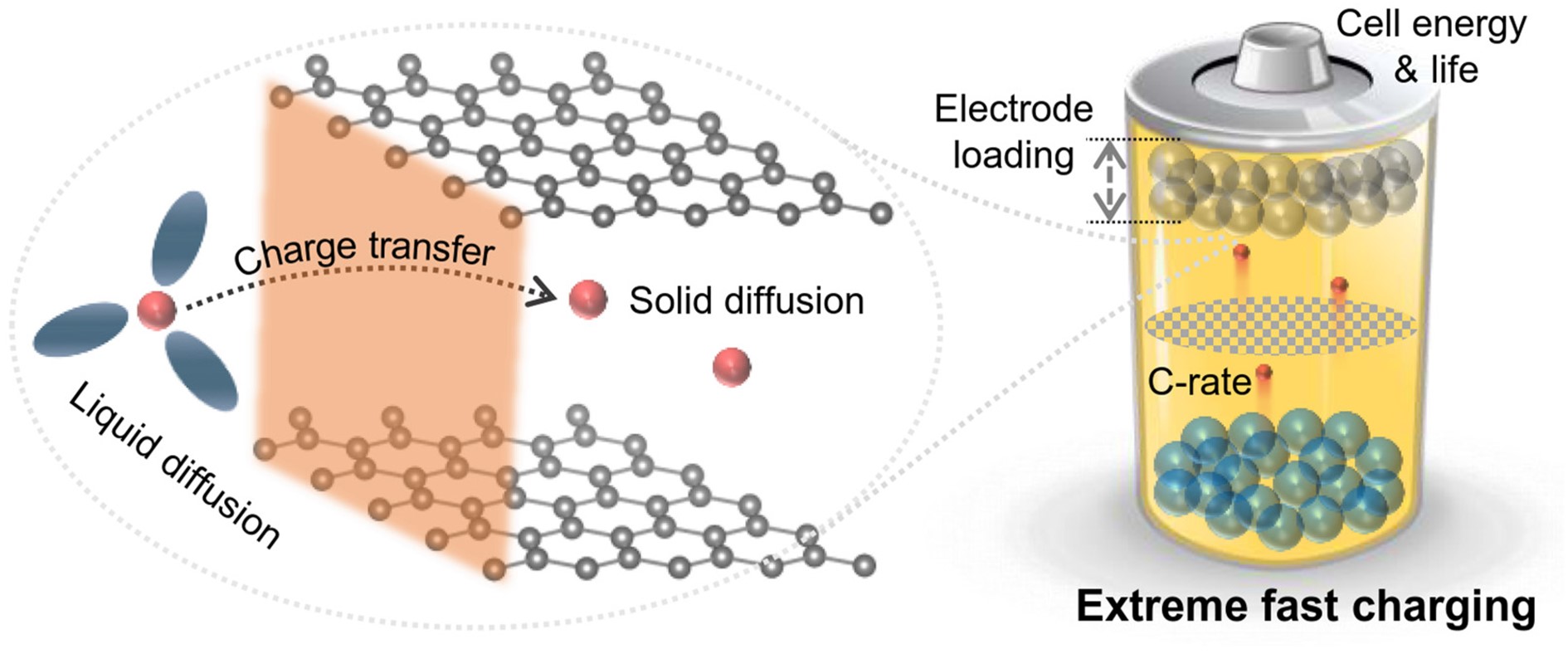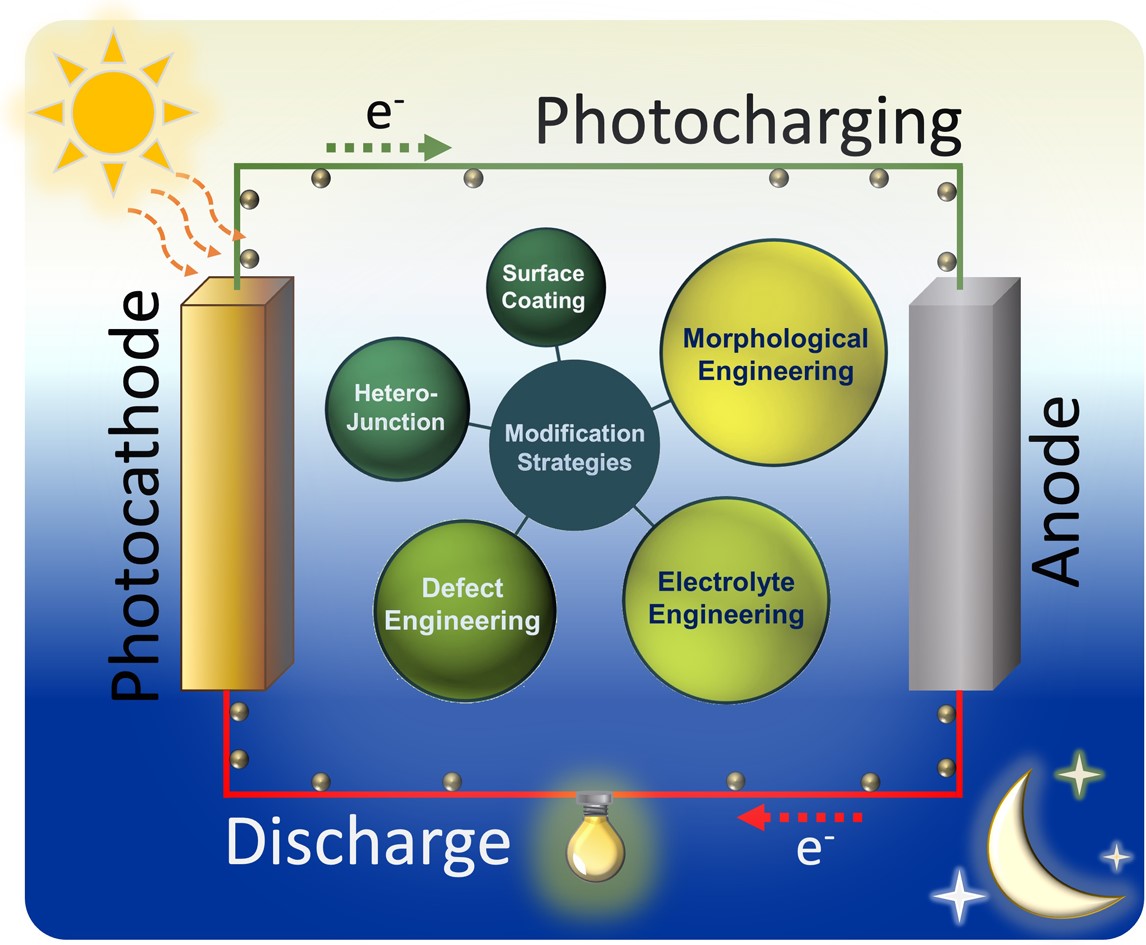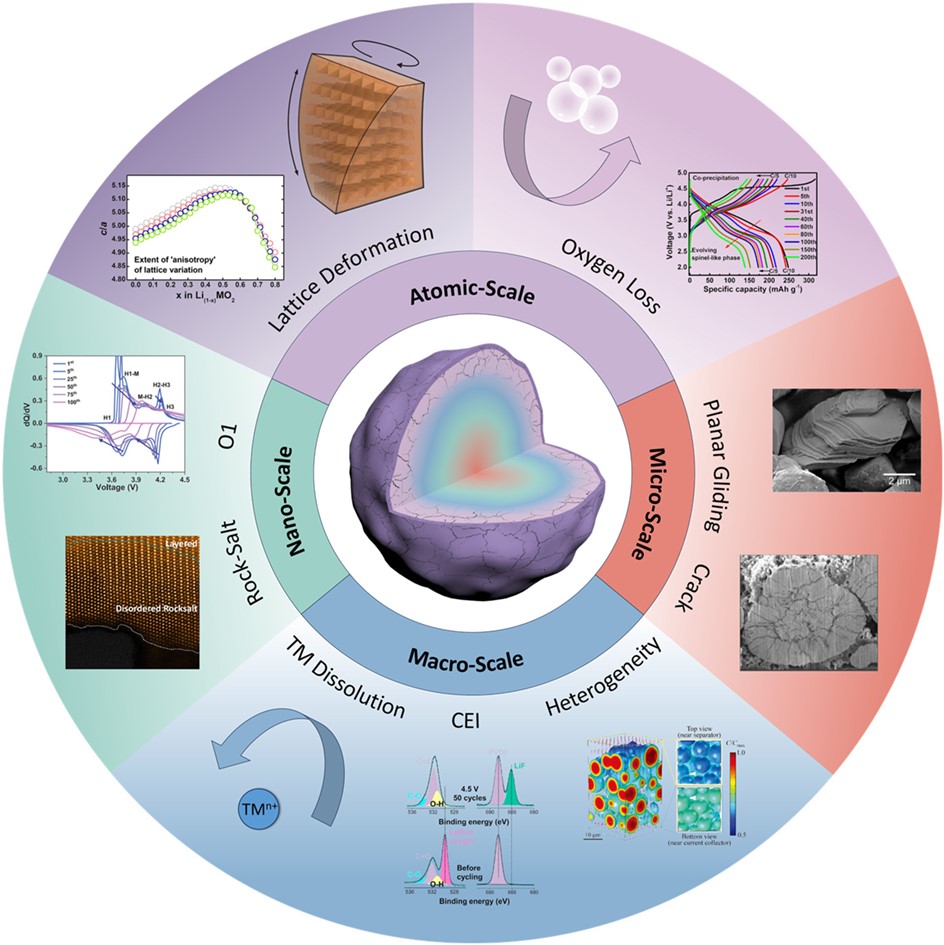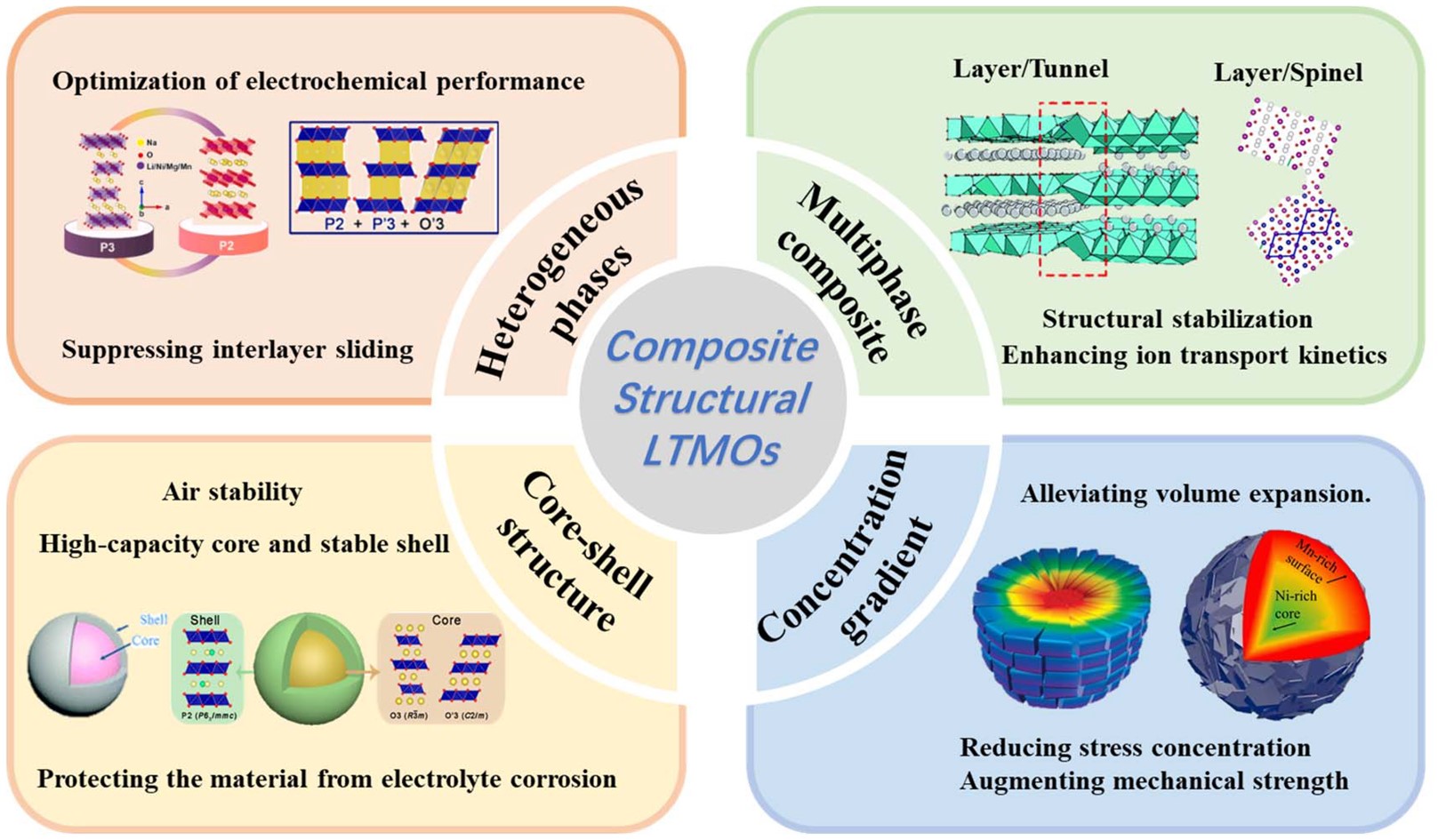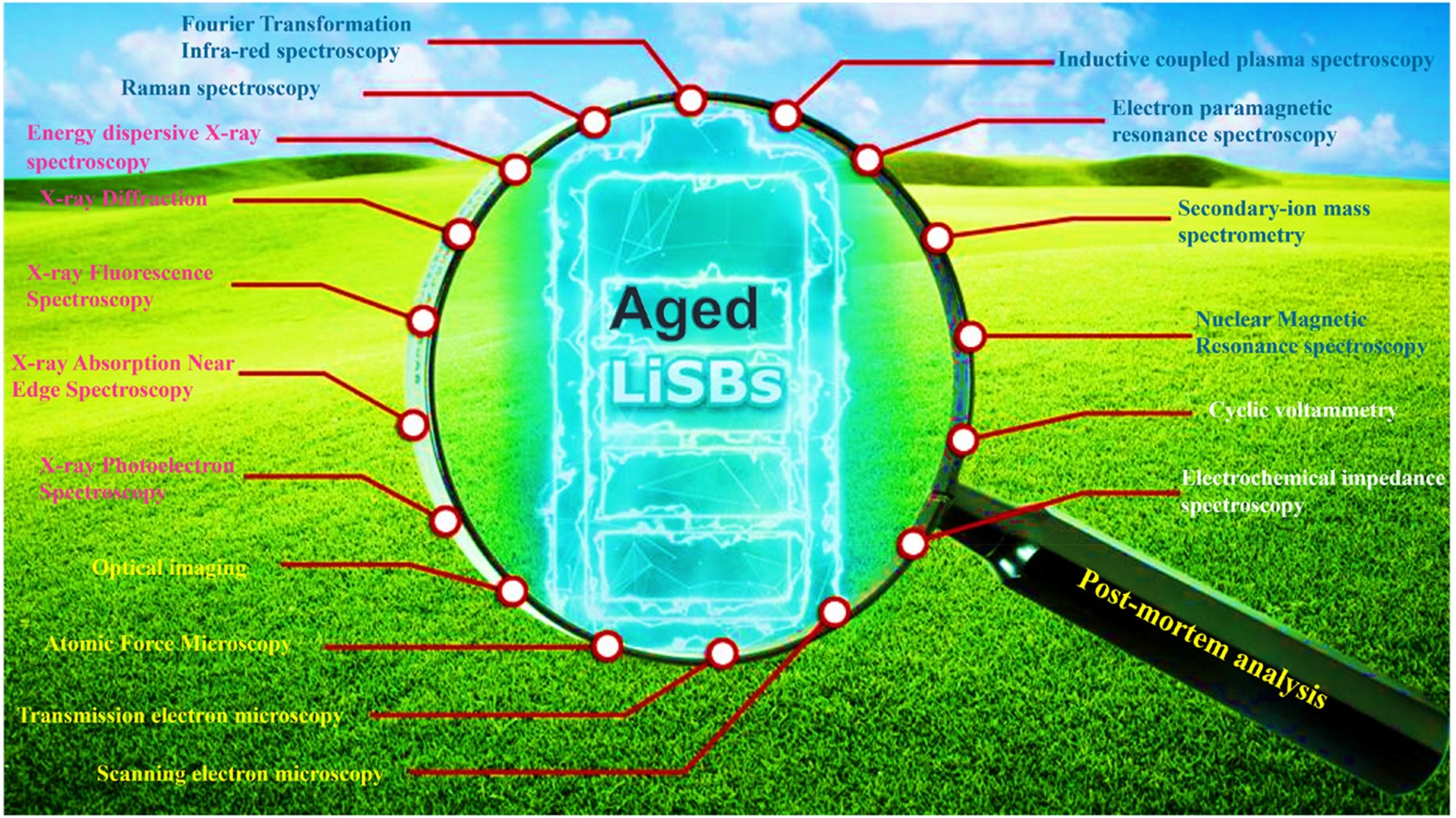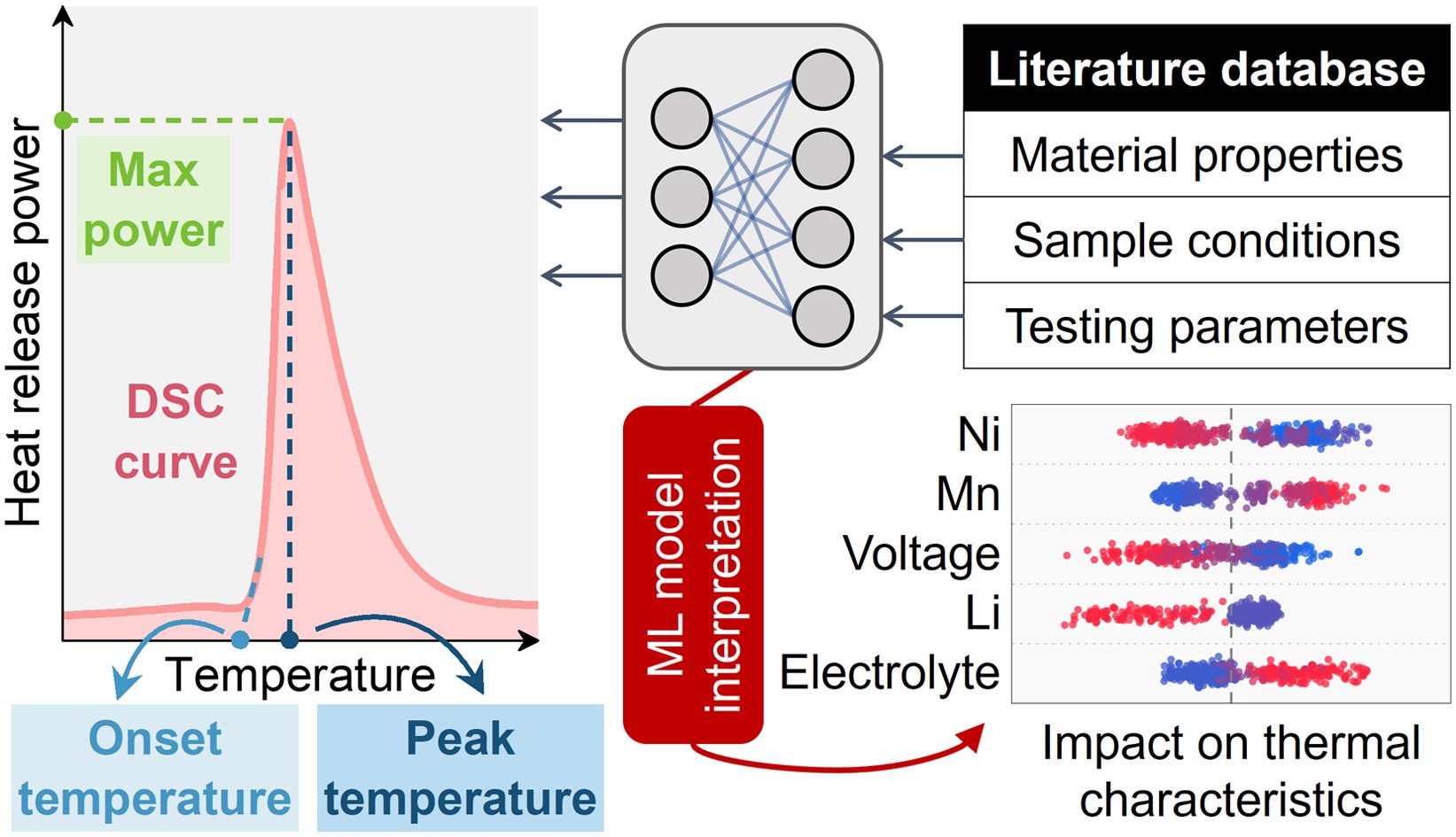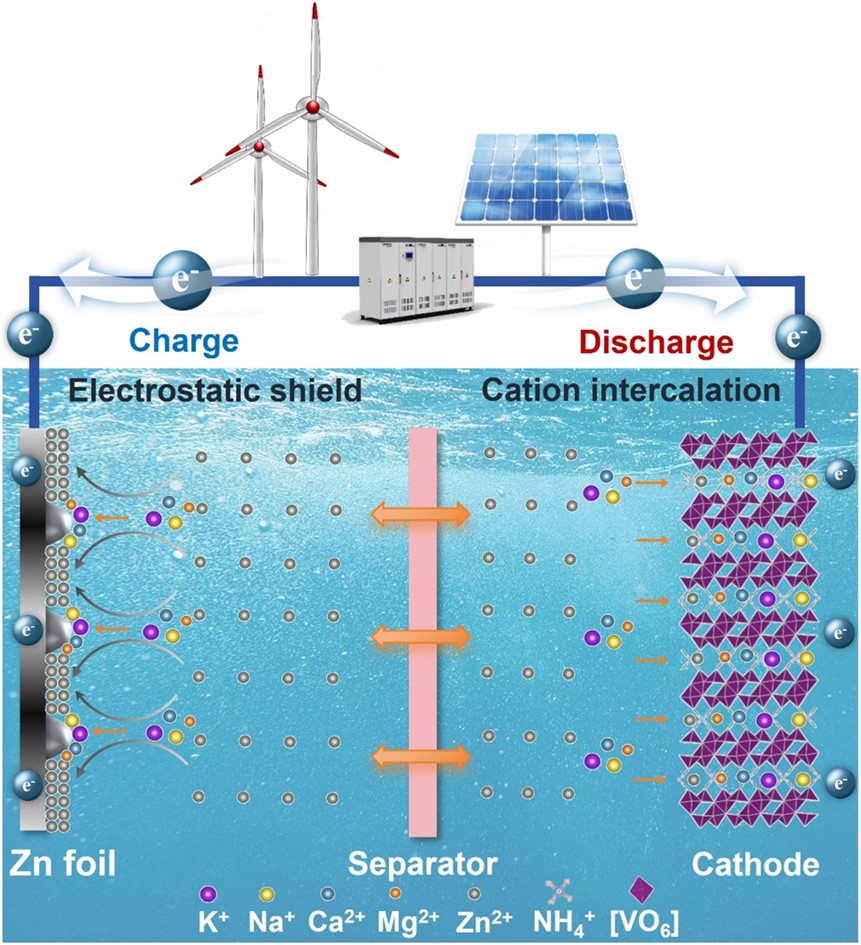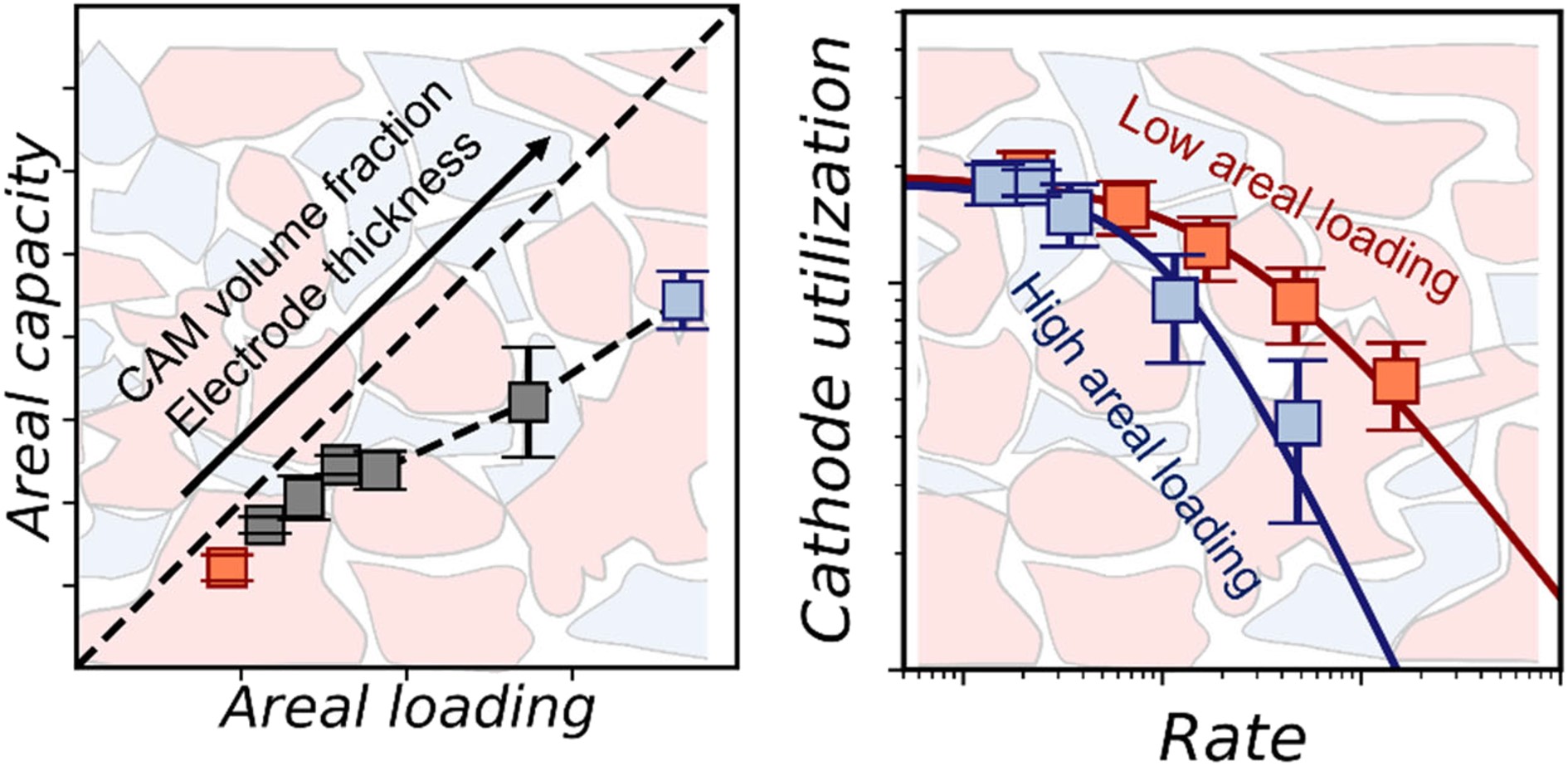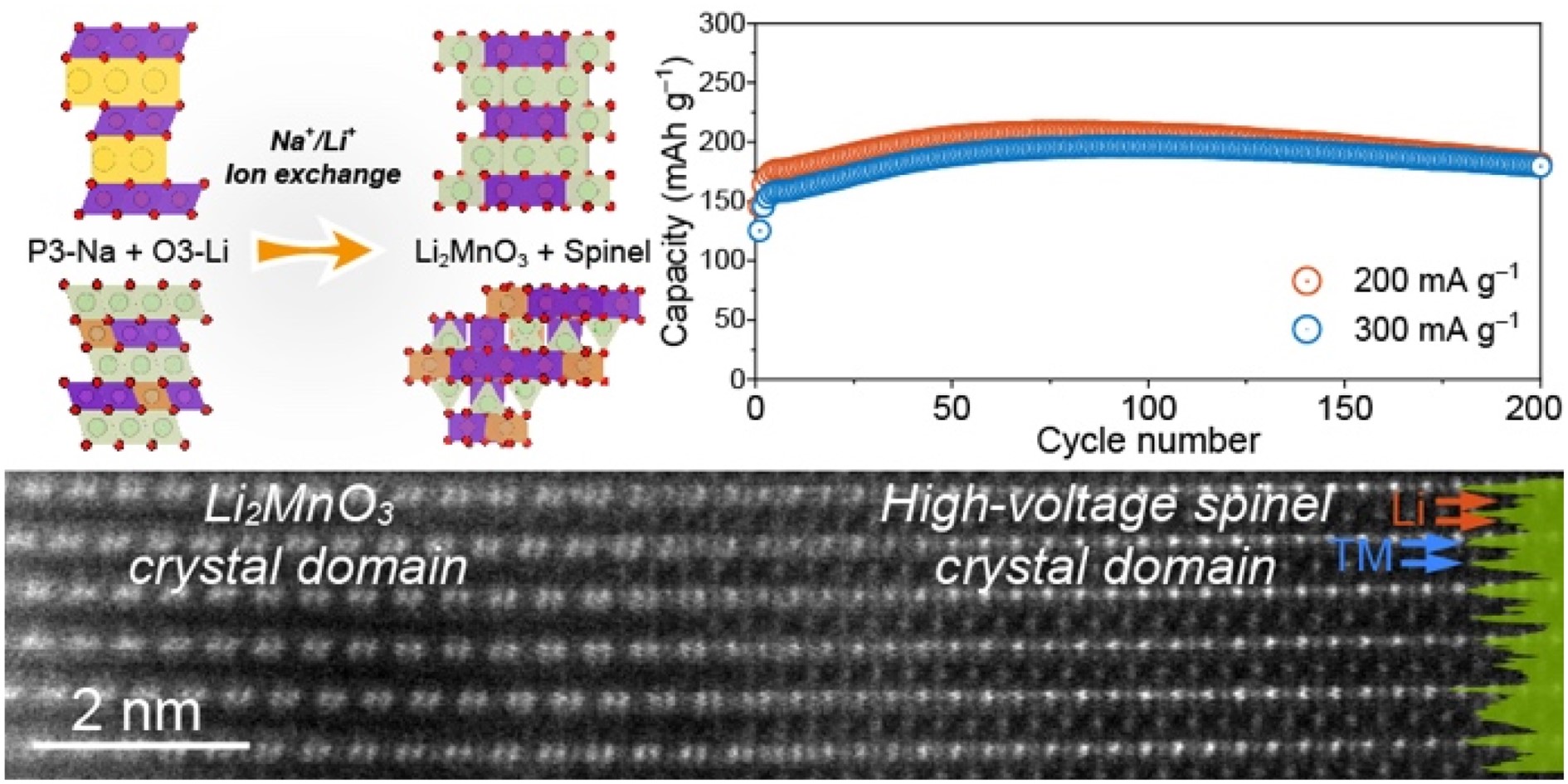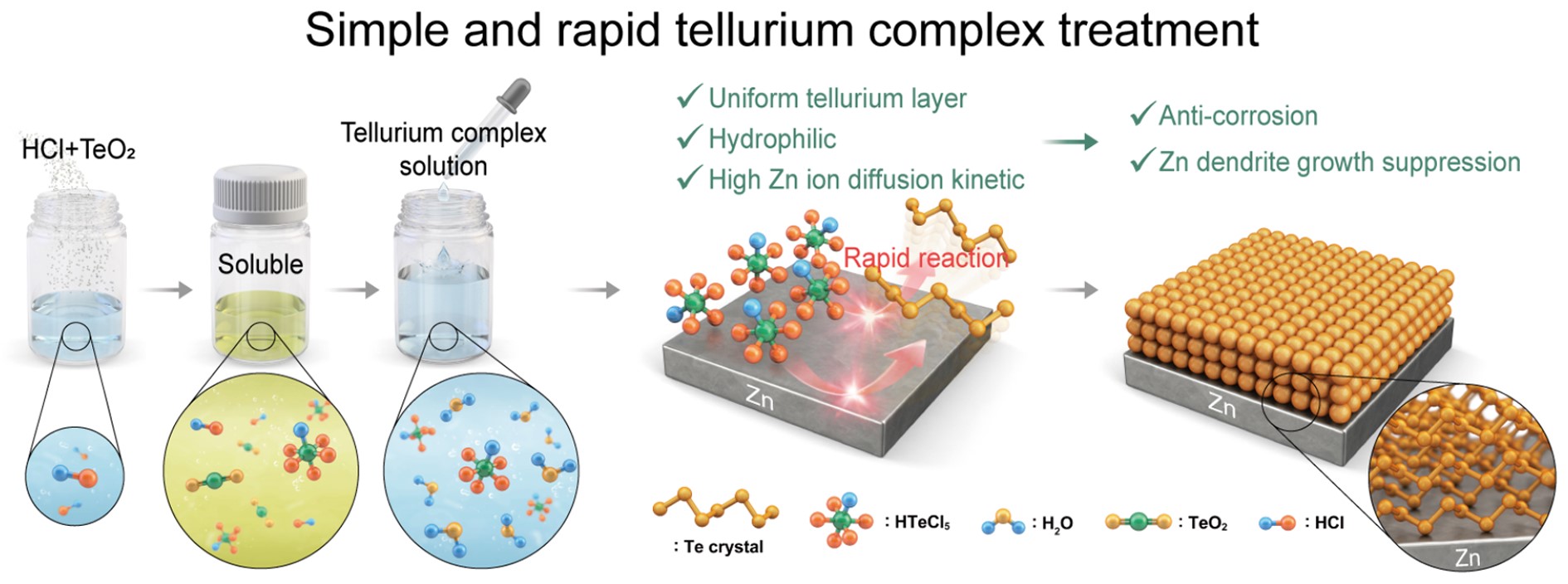
EES Batteries has published its first articles. To celebrate this, we asked our authors to discuss their work in some more detail.
In this edition, we hear from Kai Sun, Lili Gong and Peng Tan about their study titled ‘Li+ crosstalk-driven calendar aging in Si/C composite anodes‘, to learn more about their research, its impact, and what it means for the future of battery technology.
What is the key challenge your research addresses?
“To achieve higher energy density, lithium-ion batteries with silicon/graphite composite anodes have been given high expectations. For silicon-containing batteries, calendar aging has long been an overlooked issue. Unlike conventional graphite-based batteries, the calendar loss in silicon-containing batteries is at least doubled. The degradation mechanism is generally attributed to the reaction between silicon and the electrolyte. However, comprehensive studies are lacking, such as investigating the active material loss at the electrode and material scales, the side reaction processes, and the evolution of material physicochemical properties during storage.”
What is the most exciting finding of your study?
“To suppress the prominent self-discharge of silicon/graphite composite electrodes, it is imperative to reveal the internal conditions during battery storage. It is found that in addition to the reaction between silicon and the electrolyte, the lithium crosstalk effect also plays an important role. For a fully charged silicon/graphite composite anode, lithium ions in graphite migrate into silicon, causing capacity loss in graphite. This is exciting since the interaction between active materials was never considered. As a result, the calendar life could be improved by altering the lithium crosstalk process. Finally, we have also confirmed the feasibility of this hypothesis with a 20% enhancement in capacity retention. This work not only provides guidance for improving calendar life but also encourages researchers to explore the detailed aging process of silicon-based batteries during storage.”
Meet the Researchers Behind the Study
Kai Sun is a graduate student under Prof. Peng Tan at the University of Science and Technology of China (USTC). His research focuses on lithium-ion battery aging at low temperatures and silicon/graphite anode degradation mechanisms.

Dr. Lili Gong is a Special Assistant Researcher at USTC’s School of Engineering Science. Her work focuses on lithium-ion battery technology, including modeling, state estimation, and fault diagnosis. 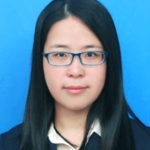
Prof. Peng Tan earned his PhD from Hong Kong University of Science and Technology and is now a professor at USTC. His research centers on species transfer and energy conversion in batteries, using visualization techniques, advanced simulations, and regulation strategies to improve performance.
Read the Full Paper in EES Batteries
To dive deeper into these exciting findings, check out the full research paper in EES Batteries.
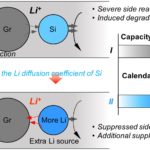
Li+ crosstalk-driven calendar aging in Si/C composite anodes
Kai Sun, Xueyan Li, Kang Fu, Zhuojun Zhang, Anmin Wang, Xingmin He, Lili Gong and Peng Tan
EES Batter. 2025, Advance Article, DOI: 10.1039/D4EB00040D
If you have any questions about the work, our authors are happy to answer these via email:
- Kai Sun, first author – kaisun@mail.ustc.edu.cn
- Dr Lili Gong, corresponding author – liligong@ustc.edu.cn
- Professor Peng Tan, corresponding author – pengtan@ustc.edu.cn
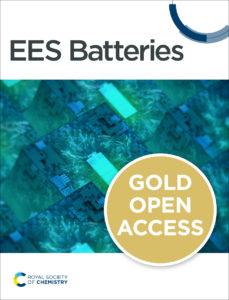 |
EES Batteries is a premier journal, publishing exceptional battery and energy storage focused research. Delivering the same influence and reputation for quality which researchers associate with companion journal Energy & Environmental Science, EES Batteries is strongly interdisciplinary, welcoming influential, high impact and quality research across all scientific disciplines including chemistry, physics, materials science, engineering, computational/theoretical studies, and policy.
|


